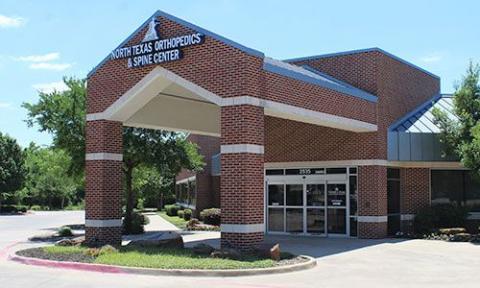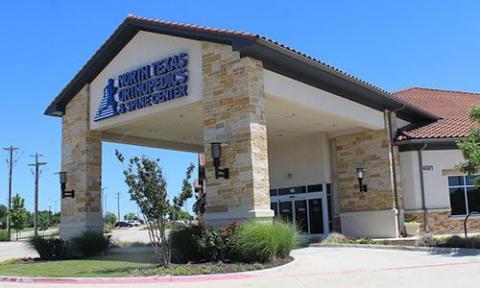Elbow bursitis, also known as olecranon bursitis, is a common condition that causes pain and swelling in the elbow. The condition occurs when the olecranon bursa, a small fluid-filled sac located between the skin and the elbow bone, becomes inflamed. This inflammation leads to discomfort, restricted movement, and visible swelling around the elbow. One effective treatment for this condition is the aspiration of the olecranon bursa, a minimally invasive outpatient procedure that provides quick relief by removing excess fluid from the bursa.

The olecranon bursa is a thin, fluid-filled sac that acts as a cushion between the skin and the bony tip of the elbow, known as the olecranon. This bursa reduces friction and allows smooth movement of the elbow joint during activities such as bending, straightening, or resting on hard surfaces.
When the bursa becomes inflamed due to injury, infection, or repetitive stress, it can fill with excess fluid, leading to pain and noticeable swelling. This condition, called bursitis, is a common cause of elbow discomfort.
Several factors can lead to inflammation of the olecranon bursa, including:
Constant pressure on the elbow, such as leaning on hard surfaces for extended periods, can irritate the bursa and cause inflammation. A direct blow to the elbow may also lead to bursitis.
Frequent, repetitive motions, such as those required in sports or certain occupations, can place stress on the elbow joint and contribute to bursitis.
If bacteria enter the bursa through a small cut or abrasion, the bursa can become infected, leading to increased swelling, warmth, and redness in the elbow.
Certain medical conditions, such as rheumatoid arthritis or gout, can increase the risk of developing elbow bursitis.
Common signs of olecranon bursitis include:
If you experience severe pain, fever, or other signs of infection, it’s important to seek medical attention promptly.
Aspiration of the olecranon bursa is a minimally invasive procedure designed to relieve pain and swelling caused by bursitis. During this outpatient procedure, a healthcare provider uses a needle and syringe to remove excess fluid from the bursa, reducing pressure and inflammation.
This procedure is particularly effective for relieving symptoms of non-infectious bursitis and is often used as part of a broader treatment plan that may include medications and lifestyle adjustments.
The area around the elbow is cleaned and sterilized to minimize the risk of infection. Local anesthesia may be applied to numb the area and ensure patient comfort during the procedure.
A fine needle is carefully inserted into the swollen bursa, and the excess fluid is drawn out using a syringe. The amount of fluid removed will depend on the severity of the swelling.
After the fluid is removed, the healthcare provider may inject a corticosteroid into the bursa to reduce inflammation and prevent recurrence. A small bandage is placed over the site, and the patient is typically able to return home the same day.
Most patients experience noticeable improvement in their symptoms shortly after the procedure. Recovery time is minimal, and patients are generally able to resume normal activities within a day or two. To prevent recurrence, it’s important to follow any additional recommendations from your healthcare provider, such as avoiding prolonged pressure on the elbow or using protective padding.
If the bursitis was caused by an infection, antibiotics may be prescribed, and follow-up care may be needed to monitor the condition.
While aspiration of the olecranon bursa is a safe and effective procedure, there are some potential risks, including:
Discuss any concerns with your healthcare provider to ensure the best outcome.
While not all cases of bursitis can be prevented, there are steps you can take to reduce your risk:
Aspiration of the olecranon bursa is a simple, minimally invasive procedure that offers quick relief from the pain and swelling caused by elbow bursitis. By removing excess fluid and addressing inflammation, this treatment helps restore comfort and function to the elbow. If you’re experiencing symptoms of elbow bursitis, consult a healthcare provider to determine whether aspiration is the right option for you. With prompt treatment and proper care, most patients can achieve a full recovery and return to their normal activities.
See why our patients love our physicians, quality of care, and amazing results.
*Based on Independent Market Research


© 2024, North Texas Orthopedics & Spine CENTER. All rights reserved.